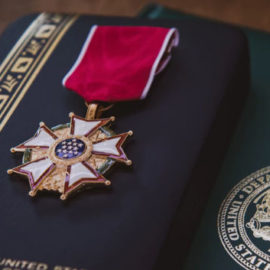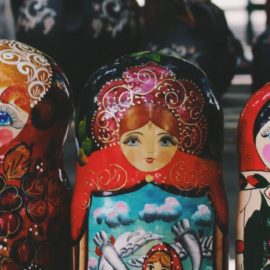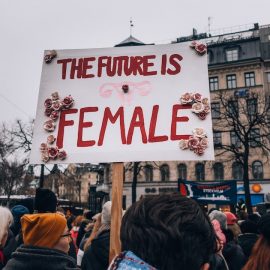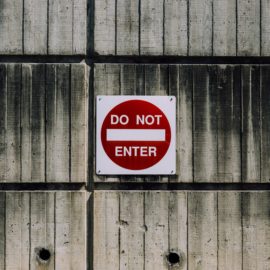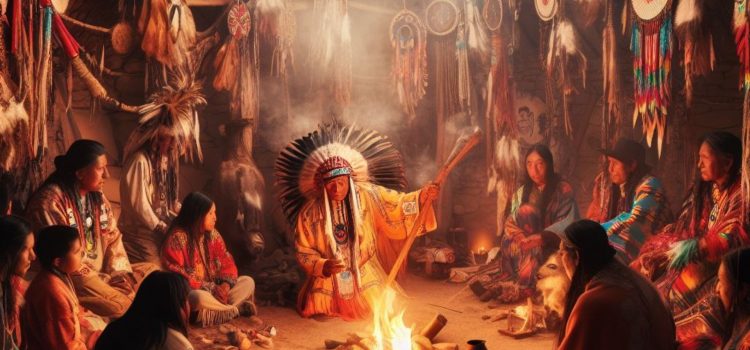
What were some influential Native American nations? What do we know about how they lived?
Prominent Native American nations include the Muscogee, the Shawnee, the Powhatan, and more. Seeing how they lived offers insight into the greater picture of America’s history.
Continue reading to learn the names of nine indigenous nations in America and a bit about each.
Introducing Indigenous Nations
Native American nations began in Mesoamerica with civilizations like the Maya and Aztec. According to historians, the Maya empire reached its peak between 250 and 900 CE, when the empire featured many cities with thousands or even tens of thousands of occupants. Today, the Maya live in sparse agricultural settlements throughout Mexico, Guatemala, and Belize. The Aztec empire was much larger, comprising five to six million people across present-day Mexico, and reigned from the 1400s until the 1500s, when the culture was quashed by Spanish conquistadors. Spanish influence is evident, as descendents of the Aztec (known as the Nahua people) continue to practice Catholicism.
Indigenous peoples migrated from Mesoamerica to form independent nations across the northern continent, including the present-day US. Today, the US recognizes 574 distinct indigenous tribes (and there are more that the federal government doesn’t officially recognize). Here, we’ll include a sample list of Native American nations, including their original homelands, their current population size, and some information about their culture.
- The Muscogee people originally lived in present-day Alabama and Georgia and today number nearly 100,000. While some use the spelling “Muskogee” and other experts use the label “Creek,” the Muscogee Nation officially prefers “Muscogee.”
- The Shawnee people originally lived in the Ohio Valley, which includes parts of several northeastern states including Ohio and Tennessee. Today, about 12,000 Shawnee descendants comprise three tribes: the Loyal, Eastern, and Absentee Shawnee.
- The Powhatan people originally lived in present-day coastal Virginia and today number around 2,000 individuals. The Powhatan aren’t a single tribe, but a united group of around 30 tribes, which included the Mattaponi and Pamunkey.
- The Cherokee people originally lived in the Appalachian Mountains, across many southeastern states. The Cherokee Nation has over 450,000 official citizens today. Some Cherokee call themselves Ani-Yun-Wiya, which means “real people.”
- The Delaware people originally lived in the Hudson River Valley, which includes parts of present-day New York. Today, there are more than 15,000 Delaware descendants. The Delaware also call themselves “real people”—Lenape or Lenni Lenape.
- The Seminole people settled in the Florida Everglades in the late 1700s, comprising Muscogee, African, and other indigenous refugees. Today, their descendants number over 25,000, and Seminole citizens are governed by three independent governments.
- The Diné (also known as Navajo) people originally lived in the southwestern US amidst four sacred mountains. Today, there are about 300,000 Diné. The Diné are well-known for helping the US win World War II by using their language as a secret code.
- The Sioux people originally lived in the upper Midwest region of the present-day US. Today, there are about 160,000 Sioux descendants. The Sioux aren’t a single tribe, but a united group of tribes that speak three variants of the same language: Lakota, Dakota, and Nakota.
- The California Indians are unaffiliated peoples who originally lived in present-day California and northern Mexico. The number of their descendants is unknown, but California has the largest indigenous population of any state (including migrants from other areas). Historians estimate that settlers and government agents wiped out almost 80% of this population in the 1800s.

